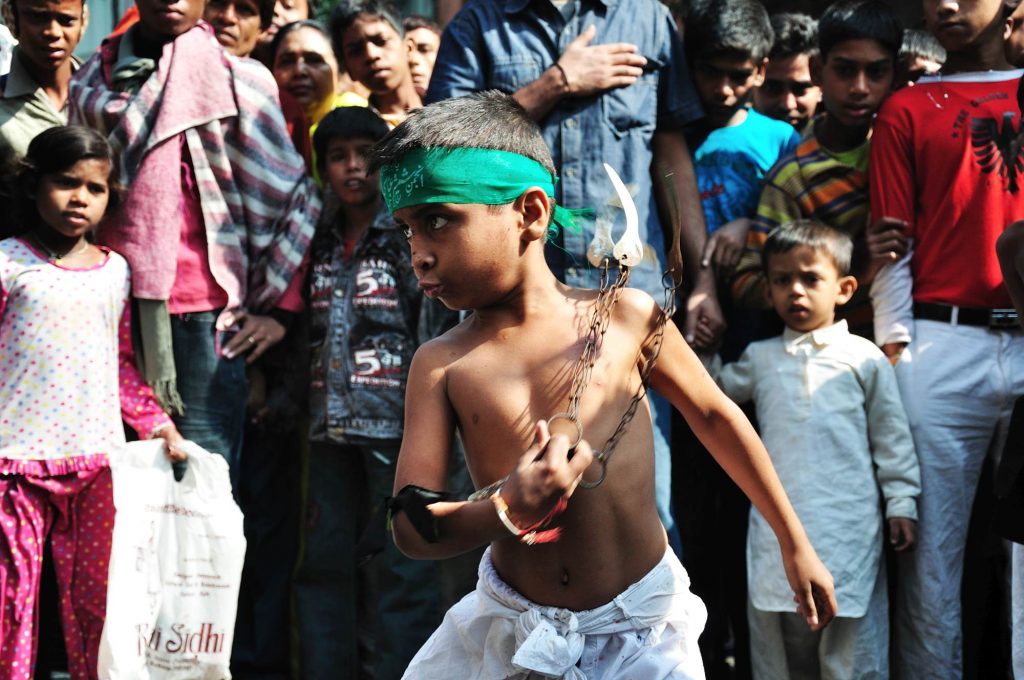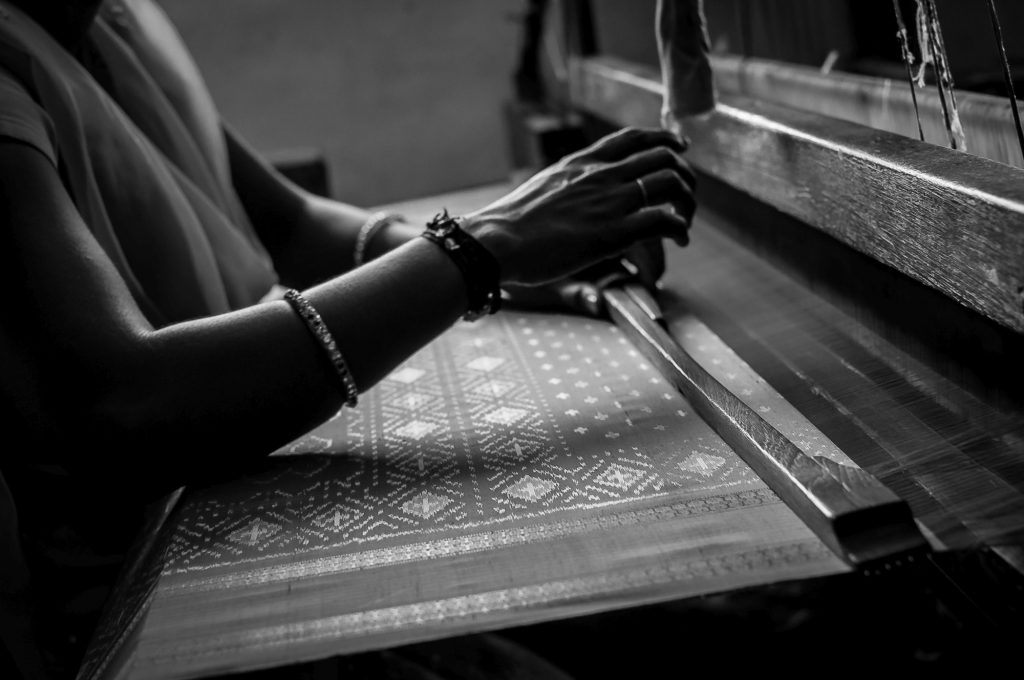The standard definition of a workplace does not apply to these professions; the safety parameters, scores of labor laws, rules, and regulations are unheard of. They are a huge workforce that is often overlooked. They almost never get hold of even the basic necessities of life as the rest of the society continues to reap the benefits of the hard labor, they put in. More often than not, they don’t receive their dues on time; their craftsmanship does not bear any name on it, and the artisans remain in oblivion. Their final products almost never reveal the horror stories deeply entrenched in the backdrop, possibly because we never care to look beyond the immediate obscene urge to satisfy our ever-growing demands. Such has been the story of the working-class people.
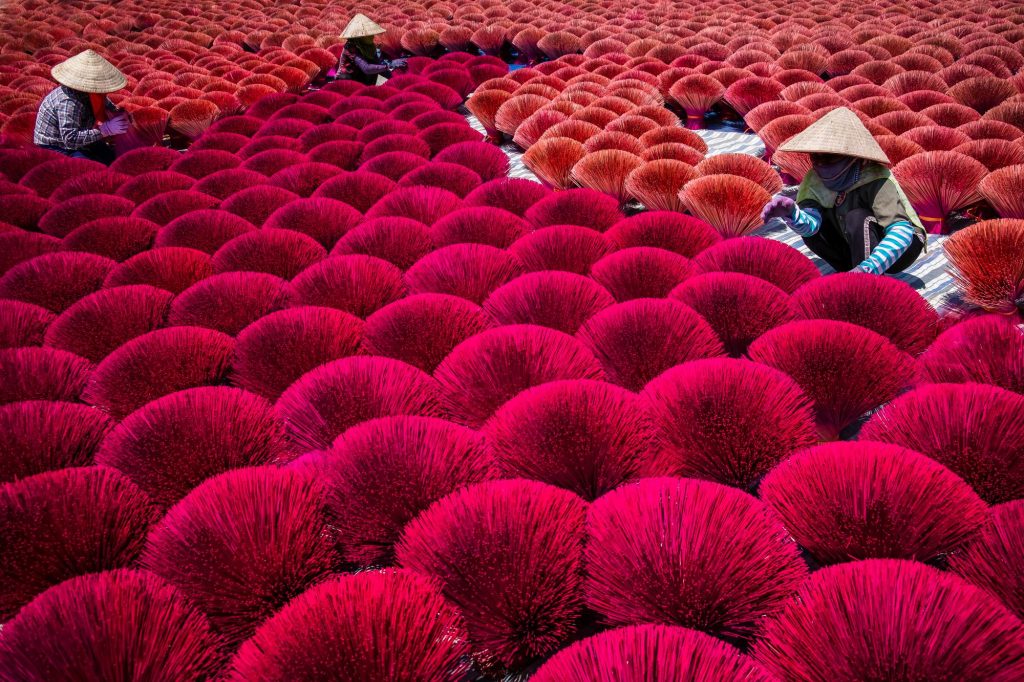
Across this village south of Hanoi, otherwise drab patches of the ground, blaze with colors as bundles of magenta-tipped incense sticks are left to dry in the sun before being distributed across Vietnam and to other parts of the world. Hundreds of workers work hard at their courtyard dying, drying, and whittling down bamboo bark to make the fragrant sticks throughout the year, especially before the lunar new year.

The tuk-tuk has become synonymous with the streets of Bangkok. This convenient and cheap mode of transport adds that extra dash of color to the daily life of the city. In fact, this colorful vehicle assigns a distinct identity to the city – courtesy of its vibrant exteriors and popularity among foreign tourists. However, the tuk-tuk drivers work for 12-14 hrs every day in the scorching heat of the summer or even during the heavy downpour.

A tiny hamlet in the outskirts of Jawa Tengah, Indonesia which is famous for the community of potters who excel at producing a large number of ceramic pots with various shapes and designs. The ladies in the families also take part in the pottery work along with their daily household chores.

Hundreds of sulfur miners, equipped only with minimal or no protective gears, climb more than hundreds of meters deep into the heard of Kawah Ijen – the volcanic crater in East Java, Indonesia. The backbreaking work and the constant exposure of sulfur and other toxic gases, which brew deep inside the crater, results in serious health conditions and much-reduced life expectancy for these hardworking miners in addition to frequent fatalities caused by various accidents. The dangerous climbs up and down the volcano and the heavy slabs of solid sulfur which they carry in their back in return for a meager wage which they earn on a daily basis is hardly enough to meet even the basic needs of their families.

Bac Lieu is a coastal province in the Mekong Delta in southern Vietnam and home to the ethnic Khmer people. The proximity to the coast makes fishing the most favored means of livelihood for the community. These fishermen can be readily identified – courtesy of their massive triangular nets. These nets are tied with two long bamboo poles. The fishermen hold them in their hands while wading into the waist-deep sea in search of fish. The fishermen prefer the high tides since the rising seawater makes it easier for them to stumble upon large shoals of fish.

The net mending workshops perfectly complement the fishing industry of Bac Lieu. The fishermen handed over their massive fishing nets to these workshops in the nearby net mending village where the workers meticulously repair the damaged portions of the net and patch them up for the next fishing trip. These workshops are mainly driven by the women workforce from the surrounding villages.

Inle Lake is the second largest freshwater lake in Myanmar and for centuries it has been home to the Intha people. Living by the edge of waters, the Intha people have traditionally been a fishing community. However, it is their unique fishing methods that set them apart from other fishing communities. The Intha fishermen use one leg to grip the oar and with the other leg and arms operate their signature conical fishing nets, and all of this gets done while standing upright. They catch the fish by throwing the net into the shallow water of the lake and then pulling a string to close the mouth of the net.

Li River in China happens to be the very few of the last remaining places where fishermen still practice the age-old traditional fishing method of using cormorants. Cormorant fishing in the waters of Li River is practiced during the wee hours of dawn or in the hour of the following sunset. The birds with a snare tied loosely around their neck, swim next to the bamboo rafts used by the fishermen. In the shallow depth of the Li River, the light of the lamp illuminates the surrounding patch of water and attracts freshwater fishes. As fishes gather near the raft, the cormorants dive into the water and gobble up a mouthful of fishes. The snare tied around their necks prevent the birds from swallowing their catch and the fishermen retrieve the fishes. In return, the birds get smaller fishes to eat as a reward from their masters.

The Raika community in Rajasthan has been traditional camel herders for centuries now. Their exceptional herding skills are put on display each year at the famed Pushkar animal fair in Rajasthan which draws hundreds o thousands of tourists and locals alike. Apart from being a widespread attraction among the tourists, camels serve as the lifeline for the various ethnic communities in Rajasthan who still live in the remote corners of the Thar Desert. Raika people depend on their camels for milk, transportation. However, the community and their camels are staring at an uncertain future, which is being fueled by decreasing demand for camels, restrictions imposed by the government on the grazing and slaughter of these animals.
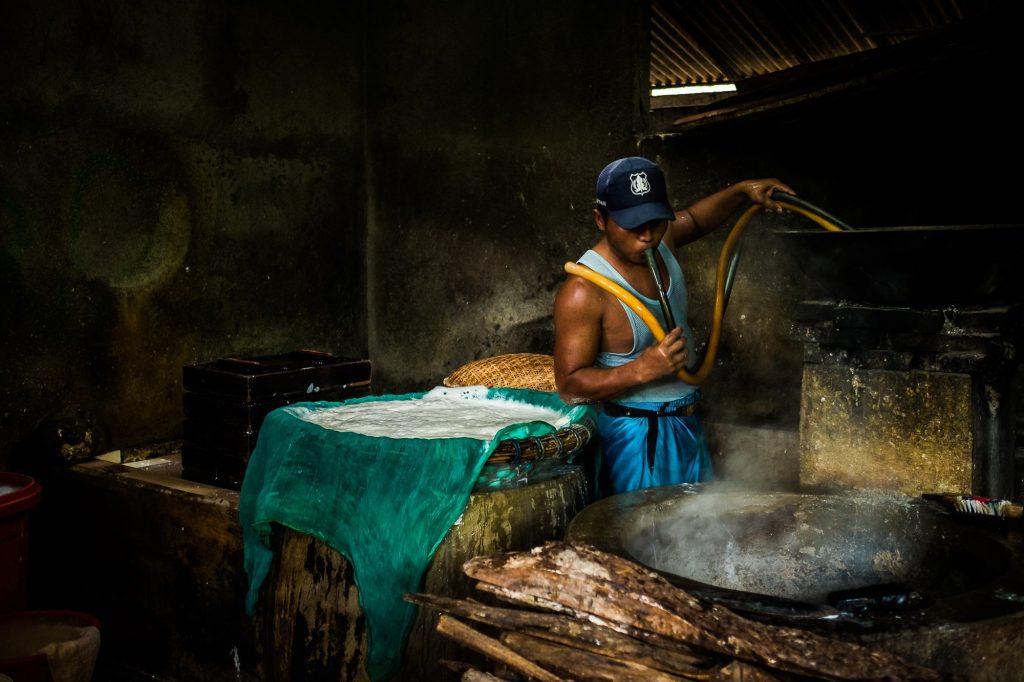
Tanjung Sari is the home to a number of families engaged in tofu making using traditional and archaic methods. In fact, the tofu-making workshops are so common in the village, Tanjung Sari has come to be known as the Tofu Village among the locals and visitors. The rustic wooden workshops are almost entirely devoid of any machines and are stacked with traditional Javanese tools and utensils. A worker is seen as he draws the water manually into the pan to boil and stir the frothy paste of soybean. In this age of automation and a largely machine-driven industrial world, the tiny village of Tanjung Sari is a gust of nostalgia from the old world.
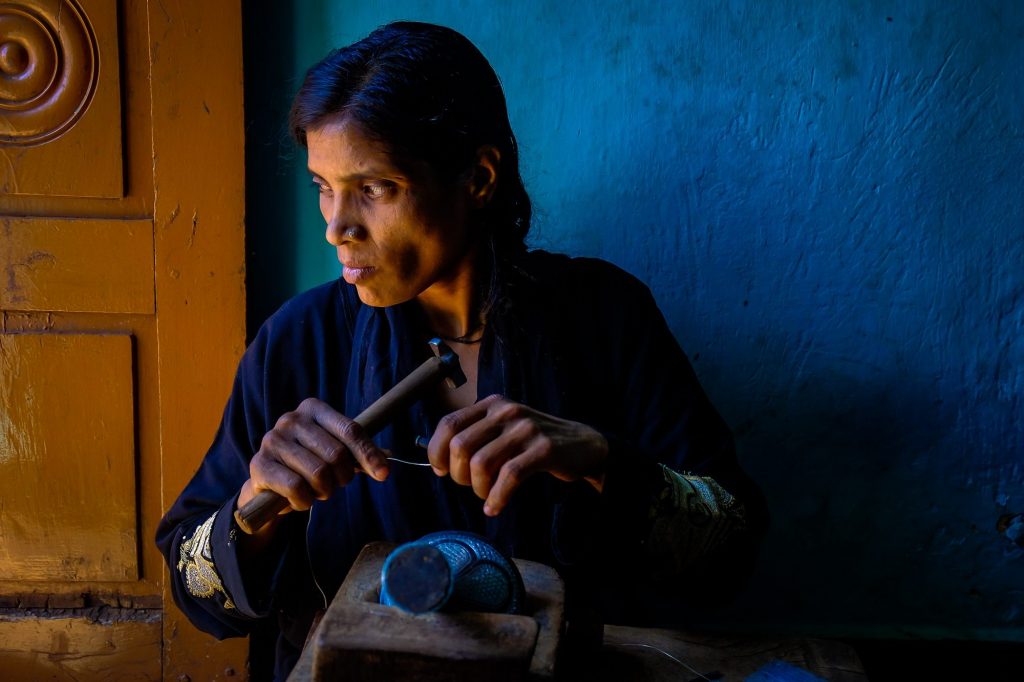
This 500-years-old unique art form is a magnificent blend of local styles of Turkey, Persia, and Arabic countries. In India, this form of art flourished in Bidar, Karnataka under the profound encouragement from the Bahmani kings and is popularly known as “Bidri Art” and all the products are famously known as “Bidriware”. Bidriware is a product of an alloy of zinc and copper and the intricate designs on the surface are made of thin silver strips. However, the key ingredient in all of this is the moist and blackened soil which can be found only in a select few parts of the historic Bidar Fort. Only skilled artisans can identify the soil by tasting them with their tongue. Carving intricate designs requires a lot of skill and these skills are passed on from one generation to the next.
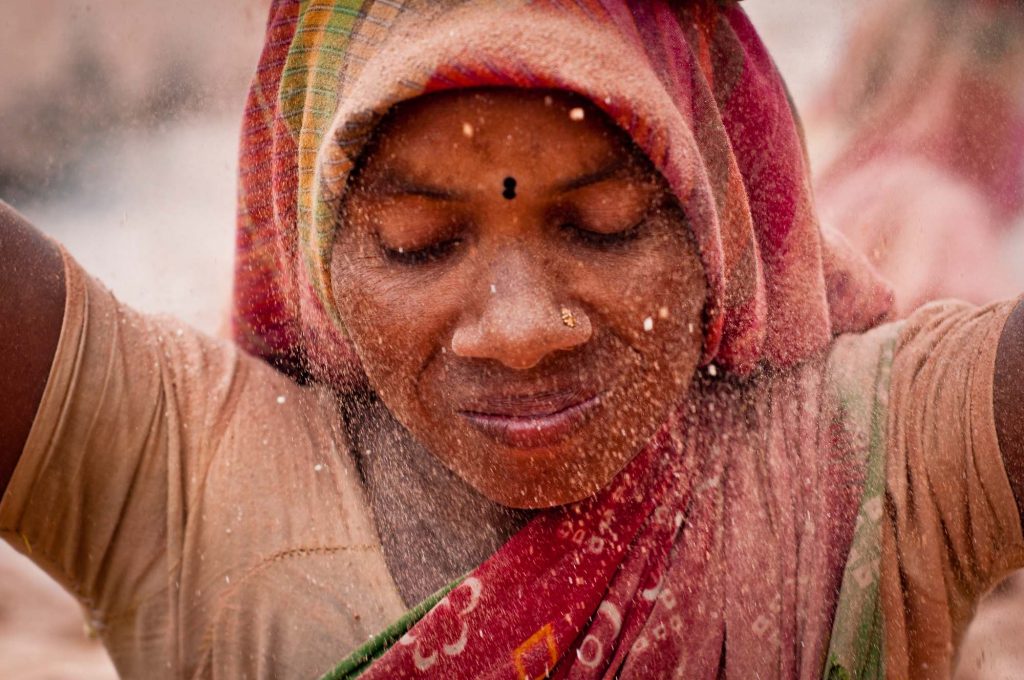
The numerous brick kilns scattered across the outskirts of the cities and the rural parts of India largely remain a part of the unorganized sector. A large portion of this workforce comprises migrant laborers from the other nearby states with the higher participation of the child and women workers. This paves the pathway for their exploitation and they are left with little or no choice to move out. The workers also suffer from long-term and permanent damage to their health due to prolonged work in hazardous environments without any proper protection.

Kumartuli, meaning the Locality of the Potters, is one of the oldest vicinities of Kolkata. It has come a long way to emerge as a hub of art. As you walk down the streets, the muddy air and dingy lanes murmur the stories of the artisans who have been working for generations in the same dark studios, crowded with gigantic Durga idols. Ignorant to the curious visitors, the artisans engross themselves into putting life to the clay structures. They are the “God-makers”.
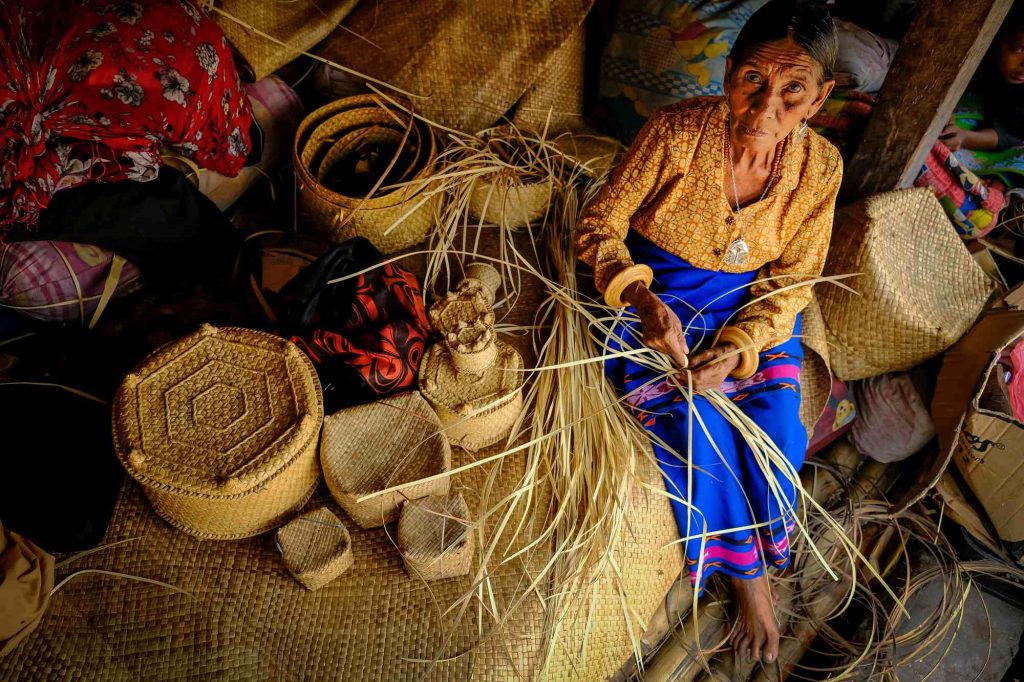
An elderly Sumba lady weaves a basket out of the straw in her courtyard. These handicrafts bear testimony to the rich and diversified heritage of art and culture the Sumba community is blessed with.
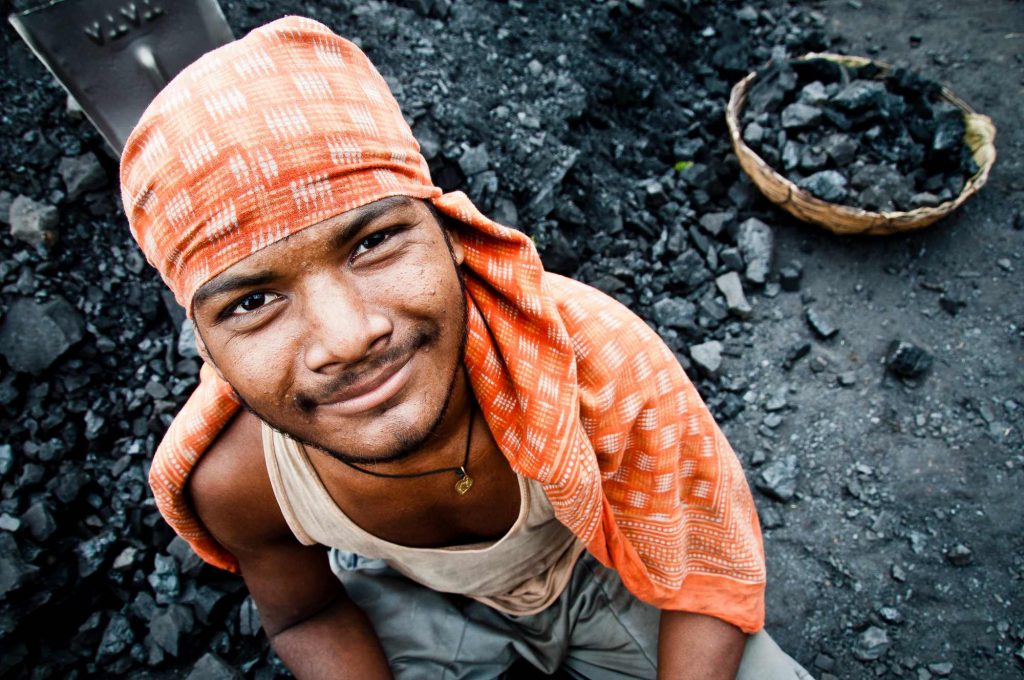
This happy-go-lucky person works at a small-scale factory in the outskirts of Kolkata. His job is to feed coal to the ever-running furnace so that the fire continues to burn and the production never stops. He keeps the fire alive in the factory as well as in his family as he is the only earning member.
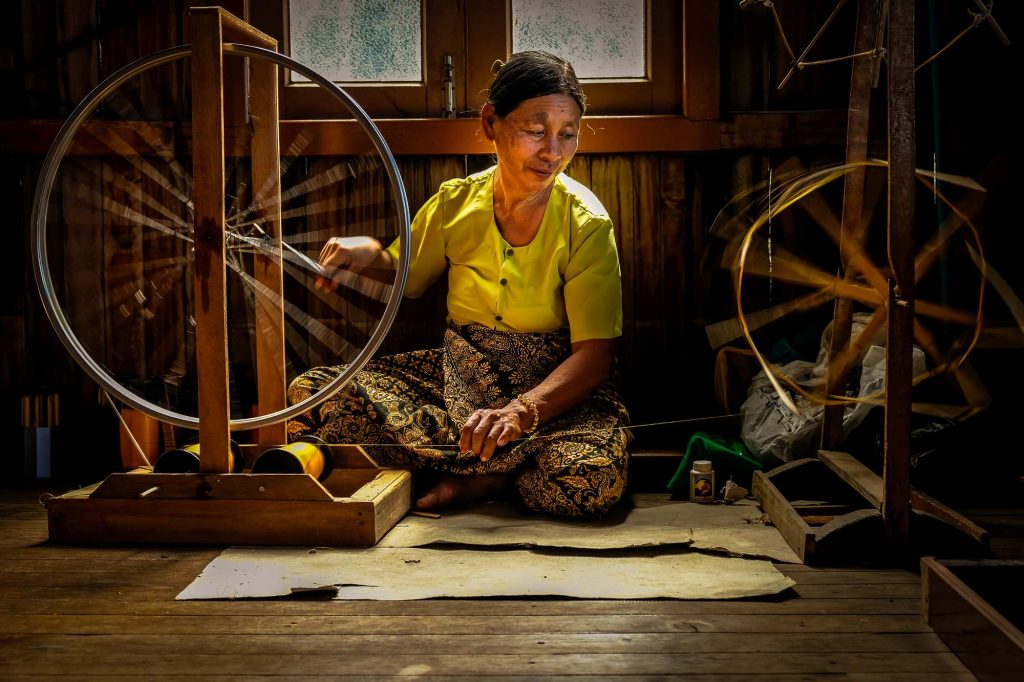
In Myanmar’s far-flung community, skilled artisans sit at their looms and weave one of the most expensive and finest fabrics in the world which are made from the fibres extracted from the lotus stems. The threads are meticulously spun by hand and delicately woven to make a fabric quite similar to silk. A square meter of this fabric requires at least 20,000 lotus stems and takes a skilled artisan 40 days to produce.
I had absolutely loved documenting all of their works, admired their sincerity. But in the end, when I think about their hardship and uncertain lives, somehow my own problems seem really trivial. Wish one day, they could wake up to see a better “tomorrow”!
